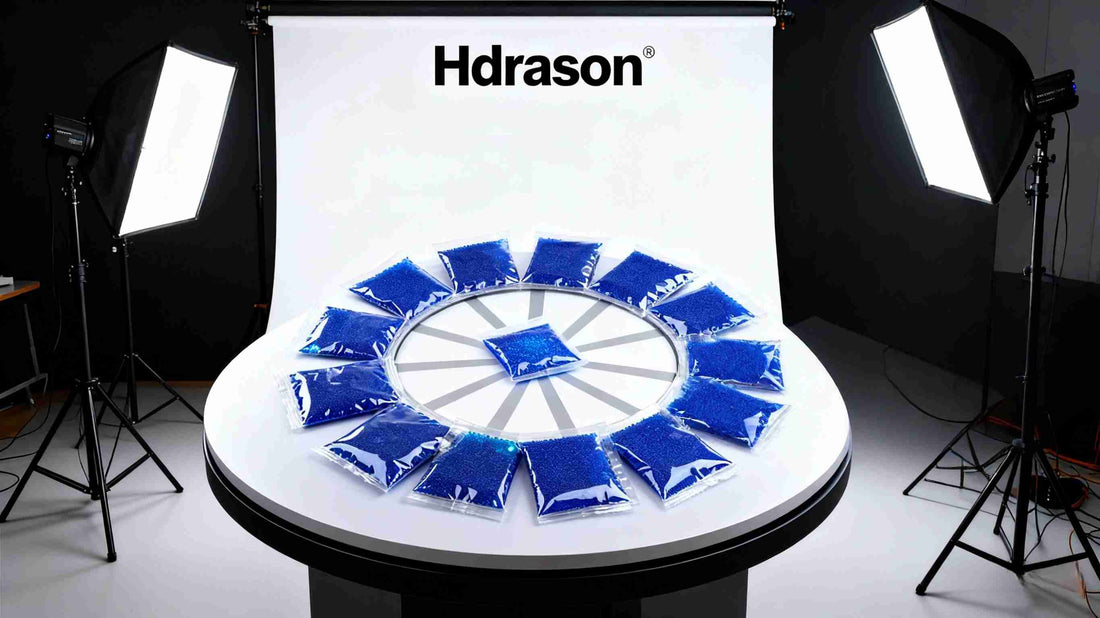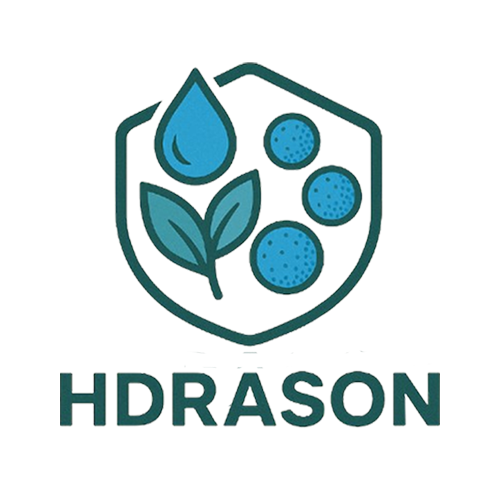
How to Dispose of Water Beads Safely? | Hdrason® Guide
Share
Introduction
Water beads, also known as gel beads or gel blaster ammo, are popular for sensory play, home décor, plant hydration, and outdoor games. While they are non-toxic and biodegradable over time, improper disposal can harm plumbing systems, pets, and the environment.

Why Proper Water Bead Disposal Matters
-
Clogged Pipes: Flushing beads down drains or toilets causes them to swell, blocking plumbing and requiring costly repairs (per beadeddesign.com, 2023).
-
Wildlife Risks: Loose beads can be mistaken for food by pets or birds, leading to ingestion and digestive issues.
-
Landfill Build-Up: Without dehydration, beads take 2–5 years to decompose in landfills (poggers.com, 2024)—but we can speed this up!

Step-by-Step Guide: How to Dispose of Water Beads Safely
1. Garden & Plant Hydration (Most Eco-Friendly!)
-
Rinse beads to remove dirt from gel blaster battles.
-
Mix them into potted plant soil or flower beds (avoid edible gardens—stick to decorative plants).
-
The beads will slowly release moisture, reducing how often you water your greenery!
2. Dehydrate & Trash (For Small Quantities)
-
Spread beads in a thin layer on paper towels or a strainer.
-
Let them air-dry for 2–3 days (sunlight speeds this up).
-
Once shrunken back to their original size, seal them in a plastic bag and toss them in the trash.
3. Bulk Disposal (For Big Battles or Parties)
-
Mix beads with a cup of table salt in a large bowl—salt draws out moisture.
-
Let it sit for 2 hours, then spread it on a tarp in direct sunlight.
-
Stir occasionally; once fully dehydrated, follow method 2 for trashing.
4. Avoid Flushing or Sink Disposal
🚫 Never flush water beads down the toilet or pour them into sinks. They expand in water and can cause severe plumbing damage.

Hdrason® Eco-Friendly Tip
Hdrason® Gel Blaster Water Beads are biodegradable, non-toxic, and eco-safe, but we always recommend disposing of them thoughtfully. By following these steps, you can enjoy the fun of gel beads while protecting your home and environment.
At Hdrason®, we design Gel Blaster Water Beads that are:
-
Non-toxic → Safe for kids’ play under supervision.
-
Biodegradable → Breaks down naturally over time.
-
Eco-conscious → Suitable for soil hydration and reuse.
Still, we always recommend controlled disposal methods to minimize risks and protect nature.

Extra Tips for Large Quantities of Water Beads
Sometimes you may have thousands of leftover beads after a party or gel blaster game. Here’s how to manage them:
-
Dehydrate in Batches → Spread beads on multiple trays to dry faster.
-
Seal in Compostable Bags → For eco-conscious households, use biodegradable bags.
-
Contact Local Waste Facilities → Some recycling or composting centers accept water beads.
-
Donate → Schools, daycare centers, or art clubs may reuse beads for crafts.
Frequently Asked Questions (FAQ)
Q1: Can I compost water beads?
👉 Yes, in small amounts. Dried beads can be mixed with organic compost, but don’t overload.
Q2: How long do water beads take to biodegrade?
👉 Typically several months to 2 years, depending on climate, moisture, and soil conditions.
Q3: Are water beads safe for wildlife?
👉 Direct exposure can be harmful if ingested. Always dispose of responsibly, away from open environments.
Q4: Can I throw hydrated beads into the trash?
👉 It’s better to dry them first. Wet beads may leak, mold, or cause a mess in waste bins.
Q5: How should I explain disposal to children?
👉 Turn it into an eco-lesson:
-
Show how beads shrink when dried.
-
Explain why they must not go into drains.
-
Teach them about recycling and soil hydration.
